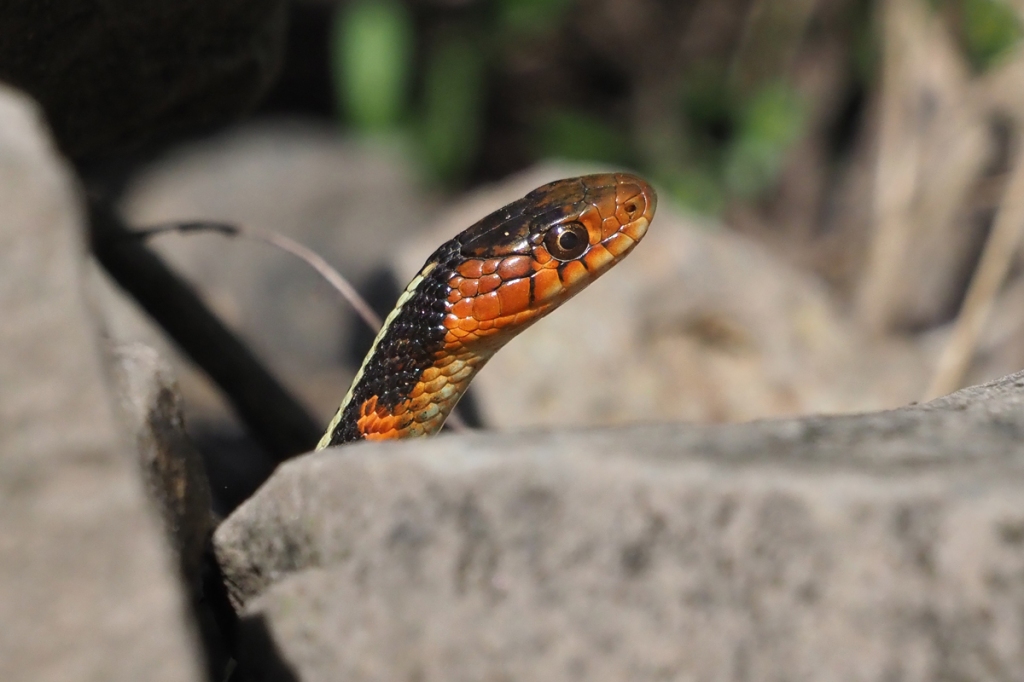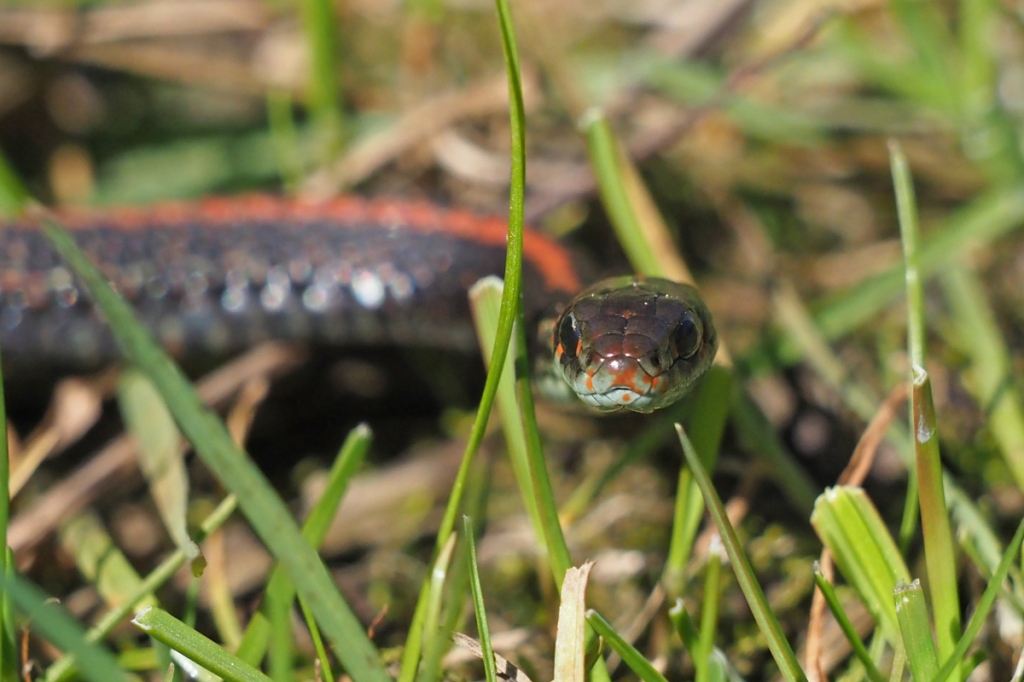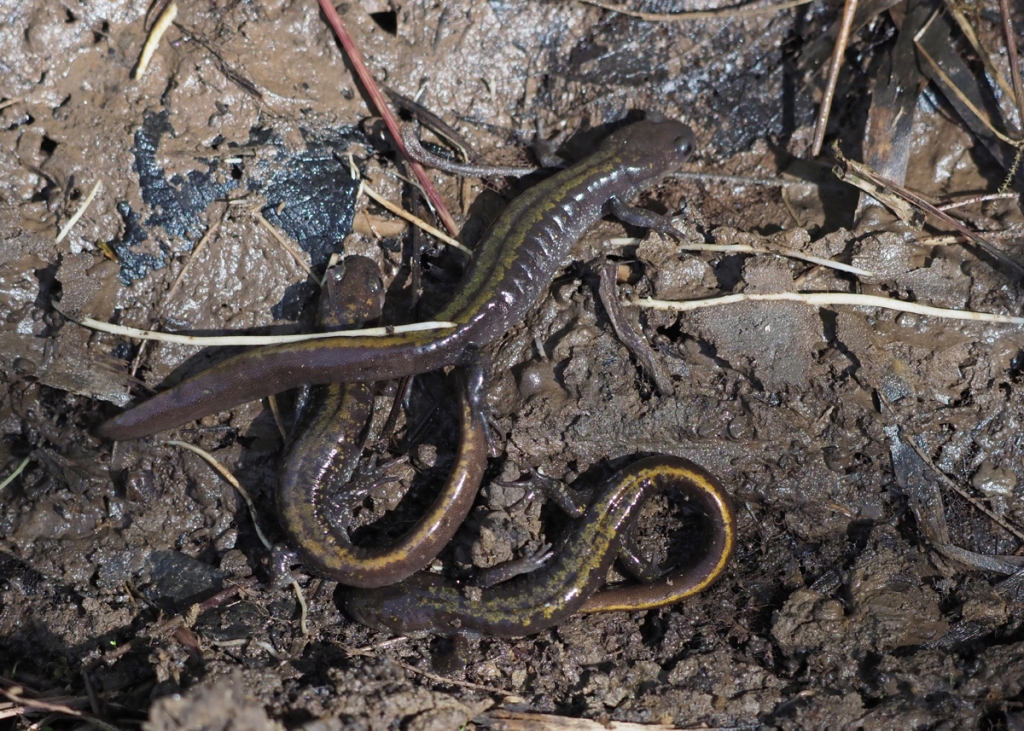While waiting for spring bird migration to pick up, I have been enjoying the local reptiles and amphibians. Here are a few highlights.










Birding will be heating up in the next week, so I will have to start looking up again.
Happy Spring

While waiting for spring bird migration to pick up, I have been enjoying the local reptiles and amphibians. Here are a few highlights.










Birding will be heating up in the next week, so I will have to start looking up again.
Happy Spring
 Our team for the Audubon Society of Portland’s Birdathon birded several sites in the northern parts of Portland. The weather was cool and rainy, not conducive to photography or bird activity, but we ended our efforts with 76 species for the day. This Western Wood-Pewee at Whitaker Ponds was one of the few photogenic individuals.
Our team for the Audubon Society of Portland’s Birdathon birded several sites in the northern parts of Portland. The weather was cool and rainy, not conducive to photography or bird activity, but we ended our efforts with 76 species for the day. This Western Wood-Pewee at Whitaker Ponds was one of the few photogenic individuals.
 Bushtit, also at Whitaker Ponds
Bushtit, also at Whitaker Ponds
 This Black-tailed Deer, with his new antlers just starting to sprout, was at Smith and Bybee Wetlands.
This Black-tailed Deer, with his new antlers just starting to sprout, was at Smith and Bybee Wetlands.
 There are only two native species of turtle in Oregon, both of which are considered at risk do to habitat loss and pollution. Smith and Bybee Wetlands is a local stronghold for Western Painted Turtles.
There are only two native species of turtle in Oregon, both of which are considered at risk do to habitat loss and pollution. Smith and Bybee Wetlands is a local stronghold for Western Painted Turtles.
 Here is a Western Painted Turtle on the left, with a Red-eared Slider on the right. Red-eared Sliders are native to the southeastern U.S., but have been introduced into many areas, usually by people disposing of unwanted pets. Introduced species compete with native species for food and nesting habitat.
Here is a Western Painted Turtle on the left, with a Red-eared Slider on the right. Red-eared Sliders are native to the southeastern U.S., but have been introduced into many areas, usually by people disposing of unwanted pets. Introduced species compete with native species for food and nesting habitat.
Happy Spring
 Nesting season is in full swing at Smith and Bybee Wetlands in northwest Portland. There is a small colony of Cliff Swallows nesting under the highway overpass.
Nesting season is in full swing at Smith and Bybee Wetlands in northwest Portland. There is a small colony of Cliff Swallows nesting under the highway overpass.
 Here is the tail end of a Cedar Waxwing sitting on a nest. This seems like an awfully large nest for such a small bird.
Here is the tail end of a Cedar Waxwing sitting on a nest. This seems like an awfully large nest for such a small bird.
 Several Cedar Waxwings were raiding nesting material from this Bushtit nest. I hope the Bushtits were done with it.
Several Cedar Waxwings were raiding nesting material from this Bushtit nest. I hope the Bushtits were done with it.
 This Sparrow was carrying a mouthful of bugs, indicating that she had a nest of babies nearby.
This Sparrow was carrying a mouthful of bugs, indicating that she had a nest of babies nearby.
 Marsh Wrens were actively singing in several locations.
Marsh Wrens were actively singing in several locations.

 Great Blue Heron on Smith Lake
Great Blue Heron on Smith Lake
 The warm sun brought the reptiles out in good numbers. Smith and Bybee is a stronghold for the threatened Western Painted Turtle.
The warm sun brought the reptiles out in good numbers. Smith and Bybee is a stronghold for the threatened Western Painted Turtle.
 Northwestern Garter Snakes were also enjoying the sun. Northwestern Garters are distinguished from Common Garters by their smaller head and gentler disposition.
Northwestern Garter Snakes were also enjoying the sun. Northwestern Garters are distinguished from Common Garters by their smaller head and gentler disposition.
